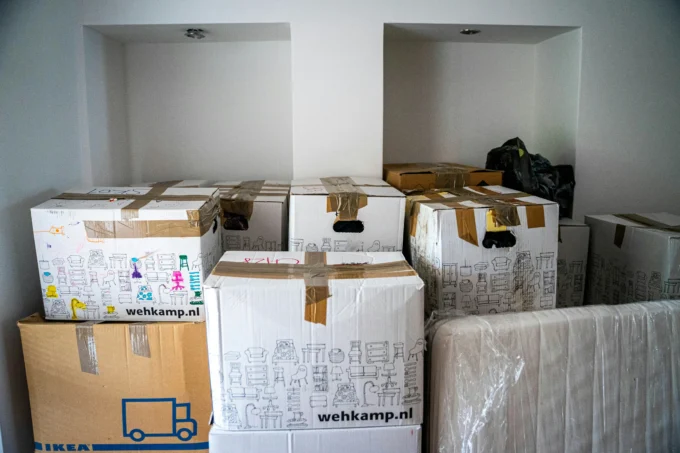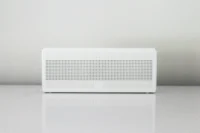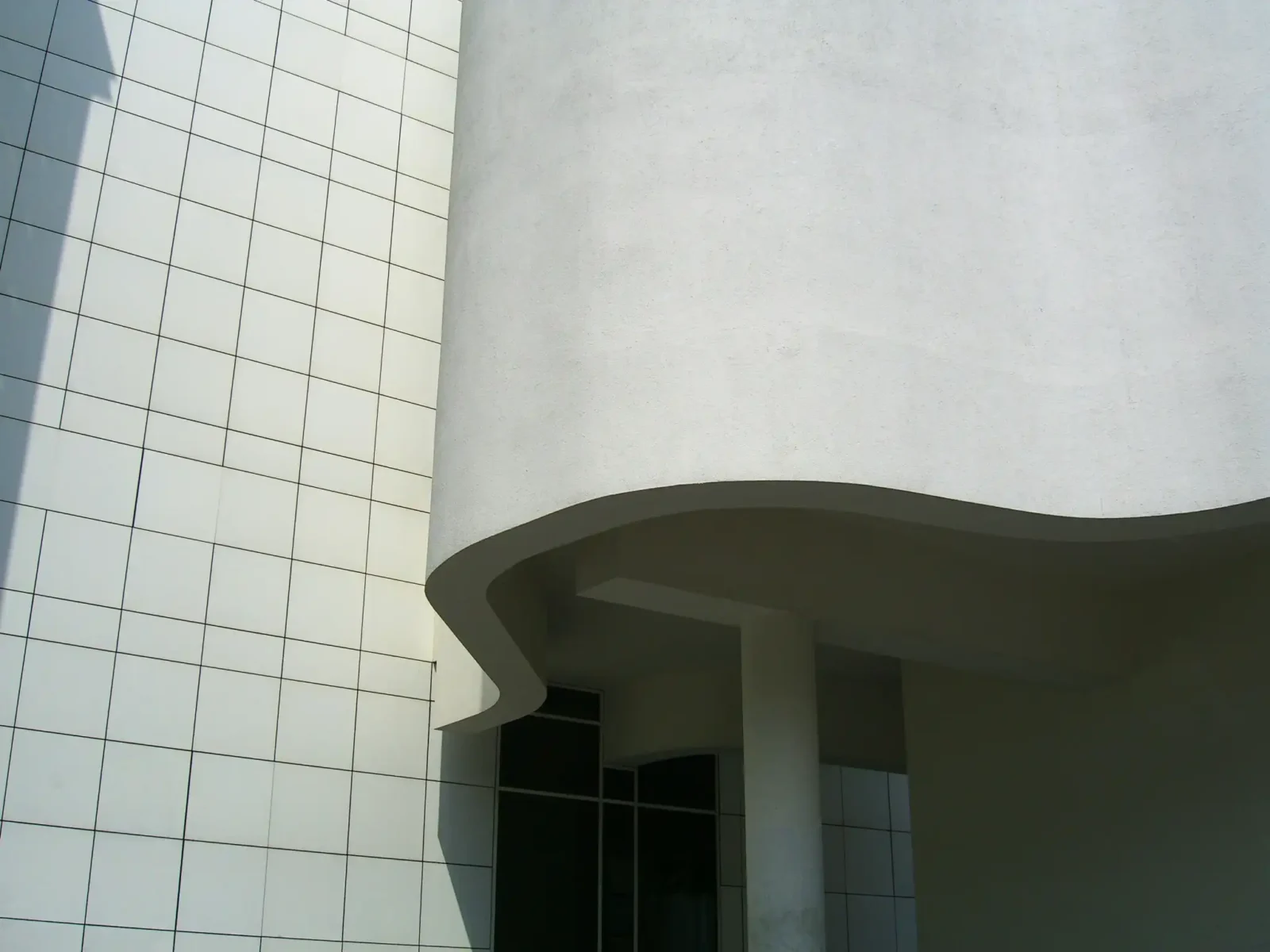- Home
- Articles
- Architectural Portfolio
- Architectral Presentation
- Inspirational Stories
- Architecture News
- Visualization
- BIM Industry
- Facade Design
- Parametric Design
- Career
- Landscape Architecture
- Construction
- Artificial Intelligence
- Sketching
- Design Softwares
- Diagrams
- Writing
- Architectural Tips
- Sustainability
- Courses
- Concept
- Technology
- History & Heritage
- Future of Architecture
- Guides & How-To
- Art & Culture
- Projects
- Interior Design
- Competitions
- Jobs
- Store
- Tools
- More
- Home
- Articles
- Architectural Portfolio
- Architectral Presentation
- Inspirational Stories
- Architecture News
- Visualization
- BIM Industry
- Facade Design
- Parametric Design
- Career
- Landscape Architecture
- Construction
- Artificial Intelligence
- Sketching
- Design Softwares
- Diagrams
- Writing
- Architectural Tips
- Sustainability
- Courses
- Concept
- Technology
- History & Heritage
- Future of Architecture
- Guides & How-To
- Art & Culture
- Projects
- Interior Design
- Competitions
- Jobs
- Store
- Tools
- More
High Strength Foundation Bolts for Modern Architectural Structures

Modern architecture pushes the boundaries of design, giving us gravity defying skyscrapers, sweeping cantilevers, and iconic, geometrically complex structures. But these aesthetic marvels rely on an invisible world of engineering precision. The critical link between these ambitious designs and the solid ground below is the high strength foundation anchor bolts. Far from being a generic commodity, foundation bolts are engineered marvels in their own right, designed to meet the unique stresses of contemporary construction. This blog delves into why high strength foundation bolts are non-negotiable for the integrity and safety of modern architectural structures.
The Critical Role of High Strength Foundation Bolts
Modern architecture is characterized by innovative forms that create complex load patterns. Traditional bolts are insufficient for handling the dynamic forces involved.
Resisting Dynamic Loads: Today’s lightweight, flexible structures are more susceptible to wind sway, seismic activity, and vibration. High strength foundation bolts are specifically engineered to withstand these dynamic forces, providing the tensile strength to prevent uplift and the shear strength to resist lateral movement.
Enabling Design Freedom: The reliability of high strength connection systems gives architects and engineers the confidence to design taller, lighter, and more ambitious structures. The bolt is what makes the daring design physically possible.
Long Term Durability: These foundation bolts are made from superior alloys and undergo rigorous manufacturing processes to ensure they maintain their clamping force and structural integrity over the entire lifespan of the building, which can span over a century.
Foundation Bolt Specifications: Aligning Engineering with Architectural Design
The specification of foundation bolts is a crucial intersection where architectural intent meets structural engineering reality. It’s not just about strength; it’s about precision.-

Material Grade: Bolts for critical applications are typically made from high-strength steel alloys such as ASTM A193 Grade B7 or AISI 4140. These materials have defined yield and tensile strengths that far exceed standard carbon steel.
Dimensional Tolerances: Architectural steel work requires impeccable accuracy. Bolt dimensions including length, diameter, thread pitch, and hook angles must be manufactured to extremely tight tolerances to ensure a perfect fit with pre-drilled base plates, avoiding costly on-site modifications.
Corrosion Protection: The finish must be specified to protect both the bolt’s strength and the building’s aesthetics. Options like hot-dip galvanizing, mechanical galvanizing, or specialized epoxy coatings are chosen based on environmental exposure and project lifespan requirements.
Heavy Duty Foundation Bolts for Iconic Bridges and High Rises
Bridges and high rise buildings represent the most demanding applications for foundation bolts, where failure is not an option.
High Rise Buildings: In skyscrapers, foundation bolts anchor the steel moment frames that resist wind and seismic loads. They are often tensioned to very high values to create a rigid connection. Specifications must account for creep and stress relaxation over decades.
Bridge Piers and Abutments: Bridges subject their foundations to constant fatigue from traffic vibration, thermal expansion, and contraction. Heavy duty foundation bolts for these applications are designed with exceptional fatigue resistance and are often used in large, complex anchor cages. Corrosion protection is paramount, especially in marine environments.
The Necessity of Custom Foundation Bolts for Architectural Projects
While standard bolts have their place, truly unique architectural projects demand a custom approach. Off-the-shelf solutions introduce risk; custom solutions provide certainty.
Project Specific Design: Custom bolts are engineered for the exact loads, geometries, and installation sequences of a specific project. This can include unique head shapes, extra long threaded sections, or integrated leveling systems.

Pre-Assembled Kits: A key service from quality suppliers is providing custom bolts as part of a complete assembly including plates, washers, and nuts,pre-packaged and labeled for specific locations. This streamlines construction, reduces errors, and accelerates the critical path.
Collaborative Partnership: The best outcomes arise when the bolt supplier works collaboratively with the structural engineer and contractor from the design phase, ensuring that the foundation connection is optimized for both performance and constructability.
Choosing a High Performance Foundation Bolt Supplier
The choice of supplier is as critical as the design itself. A high performance supplier is a partner in the project’s success.
Technical Expertise: Look for a supplier with a dedicated engineering team that can review project drawings, perform load calculations, and recommend optimal solutions.
Quality Assurance: The supplier must have robust Quality Management Systems (like ISO 9001), with full material traceability and certified mill test reports for all raw materials.
Manufacturing Capability: They should possess the in house capability to forge, heat treat, and finish bolts to the required specifications consistently.
Proven Track Record: A portfolio of successful projects similar in scale and complexity to yours is the best indicator of reliability.
Conclusion: The Unseen Backbone of Architectural Innovation
The most breathtaking modern structures are built on a foundation of certainty. High strength foundation bolts, though hidden from view, are the fundamental components that ensure architectural dreams are realized safely and stand the test of time. By specifying high performance, and often custom, foundation bolt solutions, project teams lay the groundwork for legacy structures that are not only beautiful but also resilient and secure.
illustrarch is your daily dose of architecture. Leading community designed for all lovers of illustration and #drawing.
Submit your architectural projects
Follow these steps for submission your project. Submission FormLatest Posts
The Ultimate Guide to Fencing in North Dakota: Choosing the Best Fence for Your Property
Watching a chain link fence twist in 70 mph winds near Minot...
Gaudí: Where Architecture Meets Science
Gaudí: Where Architecture Meets Science shows catenary arches, ruled surfaces, and biomimicry...
How Housing Market Forces Shape Architectural Design Today
Architecture never exists in isolation. Buildings rise from a mix of ambition,...
Why Portable Formaldehyde Gas Detectors Matter on Construction Sites
As construction practices shift toward more enclosed and material-intensive environments, the risk...












Leave a comment